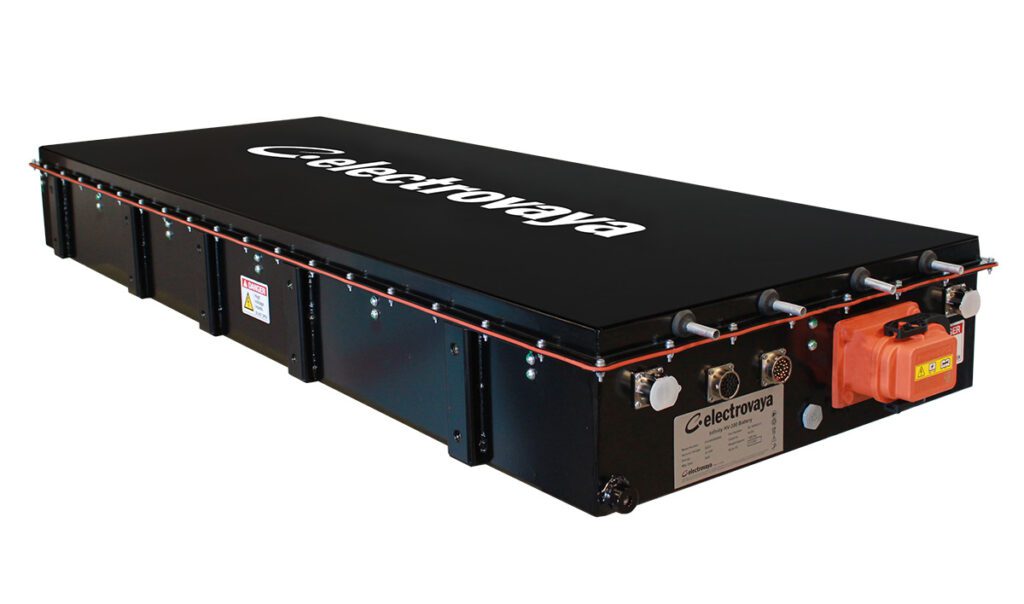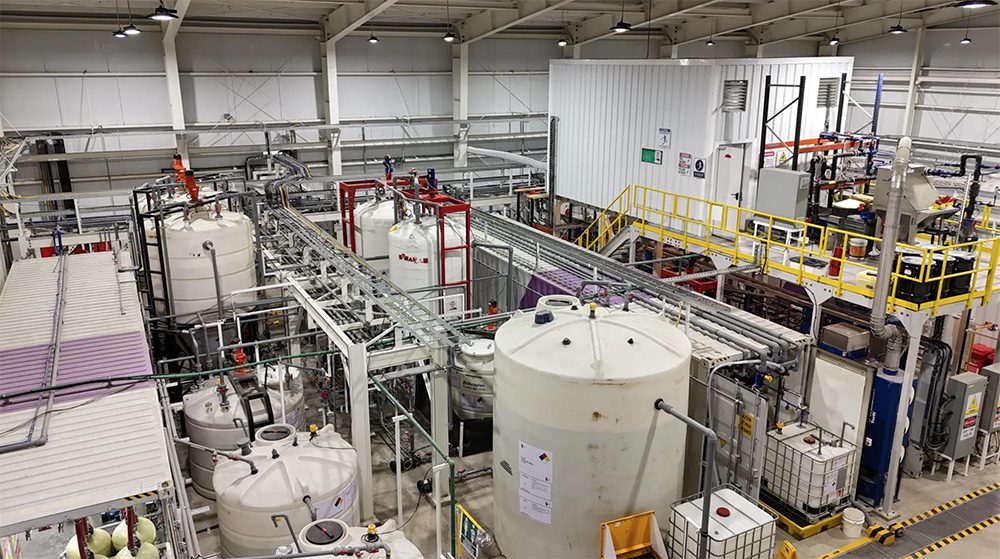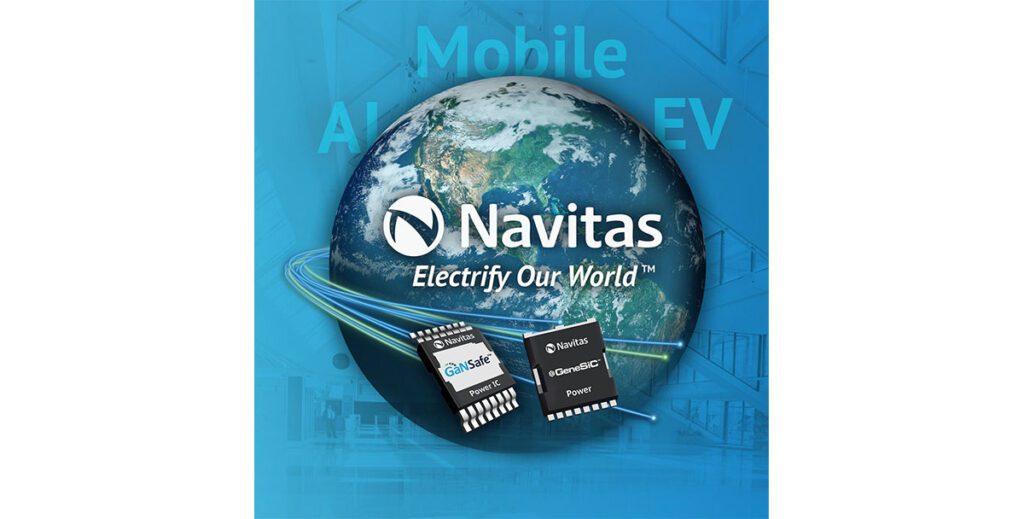Tesla was founded on a single profound insight: If you want to sell EVs, you have to sell them the way all other cars are sold – not on practicality, but on style and glamor.
A related idea is summed up in Elon Musk’s oft-stated promise to build “not just the best electric cars, but the best cars.” To tempt buyers into taking a chance on a new technology, an EV can’t be just as good as other vehicles in its class – it has to be much better.
The Roadster and Model S offered plenty of glamor (and speed), but what Americans (and everyone else outside of Europe and Japan) really love are SUVs, so it’s only logical that Tesla set out to build the ultimate SUV, the Model X, which was unveiled in February 2012, and began shipping at the end of September 2015.

True to its quest to build the best cars, Tesla designed the Model X to trounce the competition not only on style, but on practicality as well. It has as much space as the most capacious minivan, and far more acceleration than even the sportiest SUV (in Ludicrous Mode, you can smoke a Porsche Cayenne Turbo S from zero to 60 MPH by almost a full second).
“A minivan is soulless and characterless – nobody really wants to own a minivan,” said Tesla Chief Designer Franz von Holzhausen in a 2013 interview with GigaOM’s Katie Fehrenbacher. “If you just can’t knuckle down and own a minivan, you move to an SUV or a crossover, which arguably aren’t as functional. How do you provide the functionality of a minivan, but make it attractive and desirable – something similar to what an SUV has in terms of desire?”
Functionality ain’t fast
Model X stokes that desire with a long list of “fun and cool” features, several of which are auto-industry firsts, and most of which also turn out to be very practical. Perfecting these features caused the announced launch date for the X to be pushed back several times (although it’s worth pointing out that, while 3 years between “unveiling” a concept and starting production seems like a long time in Silicon Valley, it would be considered pretty prompt on the planet of Detroit).

“I think we got a little carried away with the X,” said Musk after delivering half a dozen units days before the company’s self-imposed deadline. “If we had known the true engineering costs and complexity, we would have done fewer things…but now that it’s done, I think anyone who buys it is going to love it.”
In an earlier interview with Bloomberg, Elon Musk personally took some of the blame for the delay, admitting that he is a perfectionist when it comes to product design. “The hardest thing about the X is achieving great form and great functionality. It’s easy to give up on one of those two. It’s damn hard to make an SUV that’s beautiful and yet incredibly functional at the same time.”

In fact, some of the unique features of Model X must have presented very hard design problems, and it’s not surprising that they took a while to perfect. For one thing, Model X is larger and heavier than Model S (Model X has a curb weight of 5,441 pounds) but, for psychological reasons, Tesla needed the range to be at least 250 miles, so it had to find ways to squeeze out every possible mile of range. EPA-estimated range is 257 miles for the 90D, 250 miles for the P90D (by comparison, the Model S 90D offers 286).
According to Tesla, Model X is the most aerodynamic SUV in production – its drag coefficient of 0.24 is 20% lower than that of the next-best SUV. An active spoiler automatically folds out from the rear liftgate at highway speeds to increase efficiency and stability.
Flight of the Falcon Wings
The X’s famous Falcon Wing doors may seem like a whizzy toy, but they were actually designed for a practical purpose, as von Holzhausen explained. “How do you access the second and third row of a vehicle better? We’ve gotten used to sliding doors and we’ve gotten used to normal doors, and they’re not great at getting people into the third row of a vehicle. Even minivans, you kind of have to climb over or move the seat out of the way, and if you have a baby seat in the second row, you’ve thrown the kid into the first row in order to get to the third row. We wanted to find a better way, and the Falcon doors really open up the environment so you can easily climb in or step in.”

The second-row seats tilt forward at the touch of a button, even with an attached child seat, allowing access to the rear row of seats. The X is available in a 7-seat version (3 seats in the middle row) and a 6-seat version (2 seats in the middle row with a space in between).
Unlike the gull-wing doors featured on the DeLorean and other rare birds, Tesla’s Falcon Wing doors have two sets of hinges, and a set of sensors that can detect how close other objects are, so the doors can open in improbably small spaces. True to Tesla’s usual attention to visual details, the ultrasonic sensors are hidden – there’s no sign of the little round “pucks” seen on other modern vehicles. To avoid spoiling the looks of Model X, Tesla had to develop sensors that can see through metal.
For those of us who were wondering what would happen if two Model X were parked side-by-side, and both pairs of doors opened at the same time, Musk said that the vehicles would recognize each other as intelligent beings, and behave accordingly (a trick humans might do well to learn).
The X’s front doors are also highly intelligent. The Auto Presenting front door “will triangulate my position and detect that I am moving towards the door,” explained Musk at September’s delivery presentation. “It will open the front door, without me touching anything. I will sit down, and it will close the door, like an invisible chauffeur.”
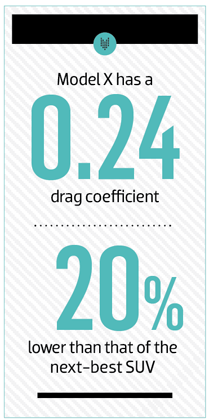
Cool and practical the Falcon Wing doors may be, but they represent an incredibly complicated piece of engineering, and it’s widely believed that they are one of the main reasons the Model X took so long to deliver (one pessimistic pundit predicted that they would be the death of the company). Aside from the formidable challenges of suspending heavy doors from a narrow roof spine, and insuring that such a large door can seal tightly every time, it was quite a trick to design such a nimble and flexible door in a way that doesn’t sacrifice side impact protection.
 Model X vs. DeLorean “The Doors that Go Like This” by Steve Jurvetson (CC BY 2.0)
Model X vs. DeLorean “The Doors that Go Like This” by Steve Jurvetson (CC BY 2.0)
According to unnamed Tesla suppliers that spoke with Green Car Reports, the doors incorporate stout horizontal beams that necessarily made them heavier, increasing the strain on the hinges and springs. Aluminum is a strong metal, but it is prone to tearing when a lot of force is applied to a small area such as a hinge. The sources suggested that Tesla developed special high-strength alloys for the Model X’s roof and the door hinge mountings.
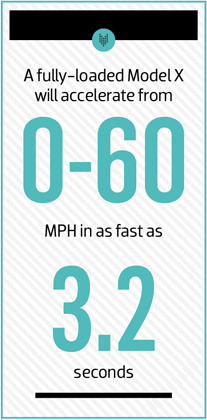
Tesla isn’t offering any technical details – the website says only that the “battery support structure provides incredible side impact protection” – but whatever solution it found seems to be quite sufficient. In NHTSA’s side impact intrusion test, in which a steel pole is smashed into the door, the Model X achieved cabin intrusion of just 215 mm, half that of the next-best car tested (the Audi Q5).
Of course, the X benefits from the same design features that make the S such a safe vehicle – a rigid bottom-mounted battery pack (protected by a layer of ballistic aluminum) and a long crumple zone in the front thanks to the absence of an engine. There’s also an autonomous side collision avoidance system that uses sensors to detect an impending collision and steer the car out of harm’s way.
In case you’re wondering about rollover, Tesla thought about that, too. With the batteries at the bottom of the car, the center of gravity is quite low, the opposite of the case with most SUVs. That, in addition to the intelligent all-wheel-drive traction control system, makes rolling the vehicle “nearly impossible” – half the rollover possibility of the next-safest SUV, according to Tesla.
Musk claims the Model X will be the safest SUV ever built, and predicts that it will earn five-star ratings in every category of NHTSA crash testing, something that no previous SUV or minivan has accomplished.
A suspiciously large amount of storage space
Thanks to its electric powertrain and floor-mounted battery, Model X has an amazing amount of interior space – room for “seven large adults and considerable luggage.” The rear cargo area is commodious, even with the rear seats up. There’s more space under the seats, and in the frunk, where the engine isn’t.
Each of the rear seats is mounted to the floor with a single post, which allows for a flat storage area underneath the bench. “It’s really hard to design good seats,” said Musk. A lot of energy went into designing these, but they won’t please everybody – the hard plastic seat backs have already drawn some complaints.
It isn’t hard to imagine killer apps for the Model X beyond the soccer set. Its combination of massive storage space and convenient hands-free features (combined with the Snakebot robotic charger) would make it the ultimate self-driving taxi. At least one Tesla-watcher smells a secret plan for the company to launch its own automated taxi service. However, a more likely scenario is that Tesla will stick to its core business, and happily sell the cars to Uber and its competitors.

Be that as it may, the problem at this point isn’t stimulating demand, but keeping up with it. According to Tesla, Model X racked up $40 million worth of advance sales the day after its February 2012 launch, and orders have continued to pour in – Musk once compared the situation to a fishing trip in which fish are “jumping into the boat.”
Production is just getting started, and it will take a while to ramp up to full volume. At the delivery party, Musk said that customers placing an order today would get their cars in 8 to 12 months. Now the website says that “the estimated delivery for new reservations is the latter half of 2016.”
Having more orders than you can fill may be a good problem to have, but it is a problem nonetheless (albeit one that Tesla has faced down twice, with the Roadster and Model S), and many industry observers believe that quickly increasing production is the greatest challenge that the company now faces.
In a conference call a few weeks after the X launch, Elon Musk said he expects no problem with meeting delivery targets. Tesla recently made improvements to its assembly line that are expected to increase throughput by 35 percent. It has dealt with at least one of its supplier issues by bringing production of the X’s second-row monopost seat in-house.
“Every day I get an update on manufacturing progress, and we see no fundamental issues on the production ramp,” said Musk. “It’s just a question of how quickly we can solve each issue. And they are really down to the little things, like the placement of the seal on the door, and whether that results in the bright trim alignment being correct – this is quite nuanced. So we feel very confident of being able get to [several hundred] vehicles per week by the end of the year.”
Towing away emissions
Model X is the first electric vehicle with substantial towing capability – up to 5,000 pounds, even while hauling seven people and plenty of luggage (although this is sure to substantially reduce range). At the delivery party, a Model X showed its stuff by pulling a classic Airstream trailer.
To tow 5,000 pounds, the Model X requires the optional ($750) Tow Package, and must be configured with 20-inch wheels. With the optional 22-inch wheels, the towable capacity is rated at only 3,500 pounds.
The tow hitch can also be fitted with a stylish Tesla-designed rack, which can be attached in seconds and carries up to four bikes or six sets of skis, while still allowing the rear liftgate to be opened and closed.
Towing power is a necessity for any SUV, but it represents a major engineering coup for the Tesla team, because even towing small loads presents a special challenge for an EV. Sustaining maximum output for long periods places a major thermal load on an electric motor, so heavy-duty cooling is required. One of Green Car Reports’ sources suggested that the glycol-based coolant system in the Model S P85D may not have been sufficient, and speculated that Tesla may have used a refrigerant-based system in the X.
Filtering out bad vibes
Here’s yet another essential feature that you didn’t know you needed: industry-leading interior air quality. Not only does Model X produce no tailpipe emissions, it also protects you from the emissions of less-enlightened drivers around you.
As Musk explained at the Model X delivery bash, air pollution in the world’s major cities “translates to a real change in life expectancy.” Urban dwellers can expect to live shorter lives than their country cousins, thanks to air pollution (at least 6 months in New York, 22 months in Beijing).

Model X features two HEPA air filters, the larger of which has a cross section 10 times greater than the filters found in most vehicles, as well as three layers of activated carbon to filter out noxious gases. The system delivers 700 times more filtering capability than other cars have, making the interior air as clean as that of a hospital operating room, according to Musk. Good news for allergy sufferers – it also filters out spores.
And yes, the Bioweapon Defense Mode is for real. It creates positive air pressure inside the cabin to keep contaminants out. Musk assures us that the X’s air filtration system “definitely filters viruses, even the small ones.”
A panoramic view of the future
Most of the roof of the Model X is glass, which reviewers say makes it feel as if you’re in a helicopter or a spaceship. The Panoramic Windshield is the largest piece of glass ever used in a production car, and was surely one of the engineering feats that caused delays. Tesla had to develop special multi-layered glass that allows a clear view in front while blocking the sun from overhead, as well as high-tech sun visors – “the most complicated and technically advanced visors in the world,” said Musk. There’s nothing but glass up front, so the visors are attached to the side pillars, and are deployed by stretching them to reach the rearview mirror, where they lock into place with magnets.
With the Model X launch behind it, Tesla is now ready to move into phase 3 of its Grand Plan, and concentrate on Model 3. “Most of the people inside Tesla are no longer working on the S or X, but are hard at work designing and inventing all the technologies going into the Model 3,” said Chief Technology Officer JB Straubel in a recent talk at the University of Nevada.
SEE ALSO: Q&A with Tesla’s lead motor engineer (Full Interview)
This article originally appeared in Charged Issue 21 – September/October 2015. Subscribe now.






































